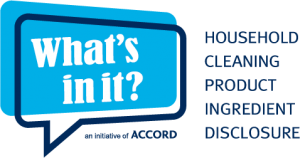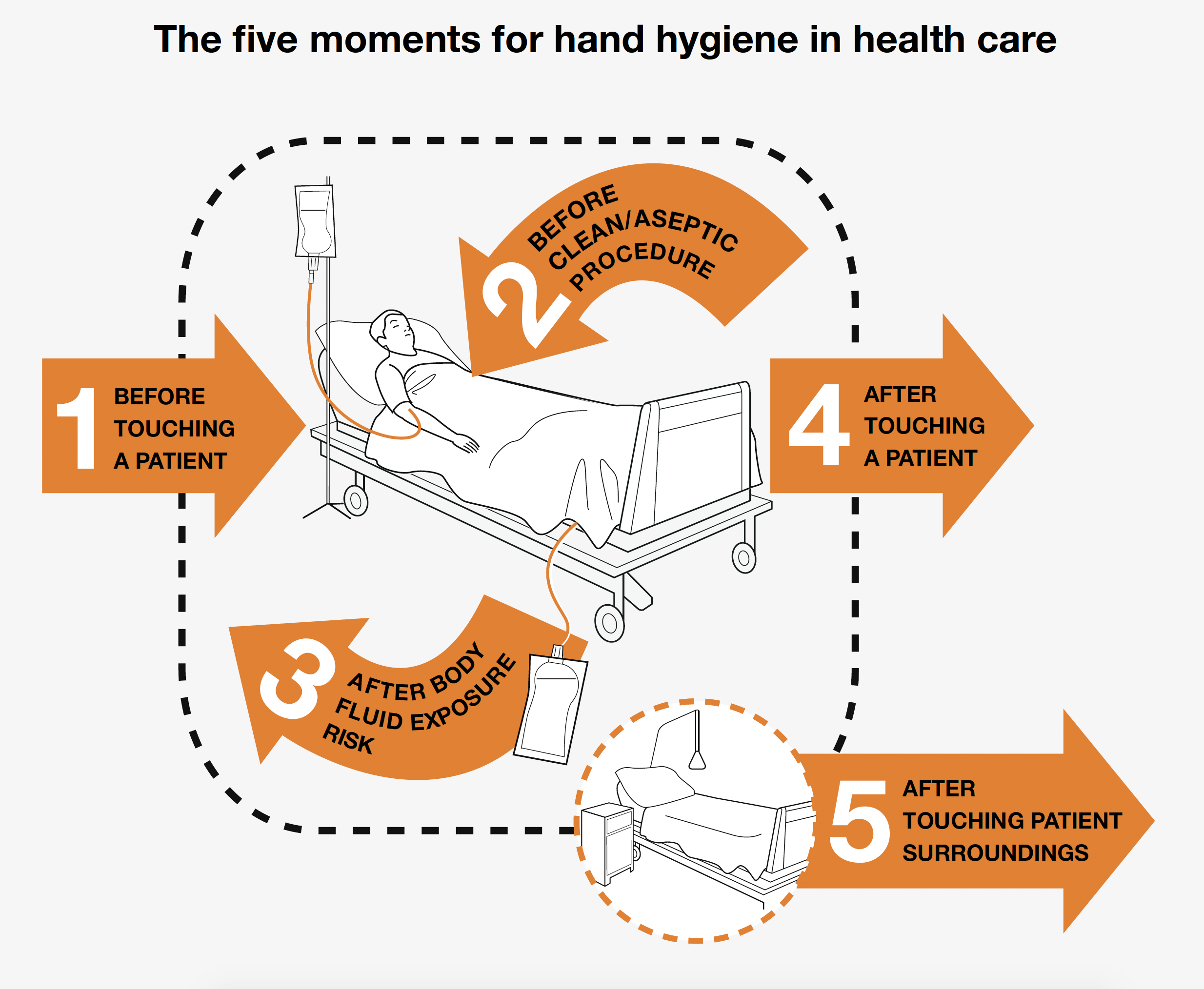Effective hygiene products, and using them correctly, is essential if you want to maintain good standards of personal and home hygiene. And the same is true for public and industrial hygiene.
But how do you know your hygiene products are safe? There are a lot of messages out there about chemicals, your health, and the safety of everyday products. For example, some people think that cleaning their house, or their body, with specially formulated products exposes them and their household to unsafe, toxic chemicals.
So, should you be cleaning ‘chemical-free‘ – perhaps with lemon juice, bicarb and water (…all these are chemicals…) and some good old elbow-grease? Read on…
HYGIENE PRODUCT SAFETY
Effective hygiene products decrease health risks
Good hygiene helps prevent the spread of organisms that can cause disease. Ineffective cleaning may place you or your household at risk of health issues such as food poisoning.
Effective hygiene products are carefully formulated for specific jobs. They are the result of a lot of design, experimentation and testing. For example, manufacturers need to ensure:
- That the ingredients are compatible with each other and the packaging
- That the product is not harmful when used as intended
- That the product remains stable, well mixed and free from bacteria – both during storage and throughout its usage lifespan
- That the product has a suitable consistency for application, e.g. a paste, liquid, spray or gel throughout its lifespan
- That suitable protective packaging allows safe and effective delivery of the product, for the duration of its shelf-life
- That effective quality control procedures are in place, ensuring consistency and safety during production
- That complete labelling is provided, including instructions for use, emergency and first aid information, and manufacturer contact information
- That all aspects of the product’s lifecycle comply with the relevant regulations
HYGIENE PRODUCT SAFETY
Hygiene products are highly regulated
All cleaning and hygiene products in Australia are regulated by a stringent and complex system spanning federal, state & territory and local jurisdictions. This includes products used for personal care, for cleaning and hygiene in the home, and for products used for many different commercial, industrial or agricultural applications.
Regulation protects public, worker and environmental health. An overview of federal-level regulation is provided here.
Regulates trading and protects consumers’ interests, including via general product safety rules
(e.g. listing of cosmetic & personal care product ingredients on label)
Assesses all* chemical ingredients that are new to Australia and reviews safety of existing chemical ingredients
* Unless the product is regulated by APVMA, FSANZ or TGA, or exempted
AICIS was formerly known as NICNAS
Registers and reviews agricultural and veterinary chemical products
(e.g. pesticides, dairy cleansers and water treatments)
Administers the Food Standards Code
(e.g. food additives)
Classifies some chemical ingredients into categories according to the degree of control recommended for protection of public health
(e.g. toilet cleaner with ‘CAUTION’ on the label indicates it contains ingredients with low potential to cause harm, as opposed to e.g. more tightly controlled prescription-only pharmaceuticals)
Regulates all products with therapeutic effects
(e.g. hospital grade disinfectants, some sunscreens)
HYGIENE PRODUCT SAFETY
How can you find out what’s in your cleaning product?
Australian law requires that all personal hygiene products list ingredients on the label. This includes products such as hand soaps, shampoo and toothpaste.
This is not a requirement for household cleaning products, but many companies are choosing to go beyond legal requirements to help you make informed choices about the products you use. For example, ‘What’s in it?‘ is a voluntary industry ingredient disclosure initiative for household cleaning products where companies make ingredient information available online or via a toll-free number.
HYGIENE PRODUCT SAFETY
A brief word on ‘chemicals’
Are you wary of ‘chemical’ products, preferring ‘natural’ products?
Firstly, everything is made of chemicals. Including water. Including you and I! So, of course, ‘natural’ products are chemicals or are made from chemicals.
Secondly, any substance can be harmful in certain quantities, or in the wrong place, or if used in the wrong way. It is the substance’s properties and how it is used that are important: whether a substance is man-made, extracted from the environment or an exact man-made copy of a chemical from the natural environment is irrelevant.
In fact, man-made chemicals can have several advantages over natural extracts:
- Reduced need for over-harvesting of limited natural resources, e.g. plants and marine organisms, which could in turn lead to disruption of ecosystems and extinction.
- Higher purity arising from production in a controlled environment, whereas natural extracts have variable compositions.
- Allow access to a greater range of chemicals, including modified naturally occurring chemicals (e.g. to decrease their toxicity, or to increase their efficacy) for a multitude of targeted uses.
Thirdly, do you really want your baby’s nappies, public toilets and industrial meat production facilities to be cleaned with little more than elbow grease?
‘Fit-for-purpose’ is a key concept: cleaning and hygiene products should effectively achieve their intended purpose, whilst adhering to Australia’s rigorous regulatory requirements.


